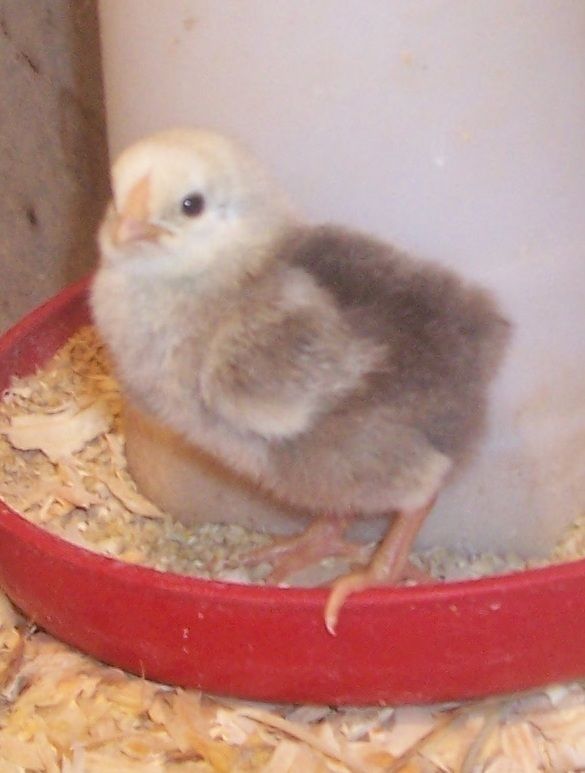Quote:
NNN hatched the one Wyandotte...I guess you still think it is a Columbian? I posted a pic of it's back a few pages back. MJ brought her little banty cochin and the New little CW from yu were takin in by NNN and she will now brood out the three together.
I hated losing the BLRW Roo...Roger said that after all it had been thru it's name should have been "Lucky". I do still have the beautiful Joy...BLRW hen from your gene pool. Glad to hear you have access to some others in the gene pool.
Do all Wyandotte breeds have the stress/artery/vein issues or is it just the BLRW?
NNN hatched the one Wyandotte...I guess you still think it is a Columbian? I posted a pic of it's back a few pages back. MJ brought her little banty cochin and the New little CW from yu were takin in by NNN and she will now brood out the three together.
I hated losing the BLRW Roo...Roger said that after all it had been thru it's name should have been "Lucky". I do still have the beautiful Joy...BLRW hen from your gene pool. Glad to hear you have access to some others in the gene pool.
Do all Wyandotte breeds have the stress/artery/vein issues or is it just the BLRW?










